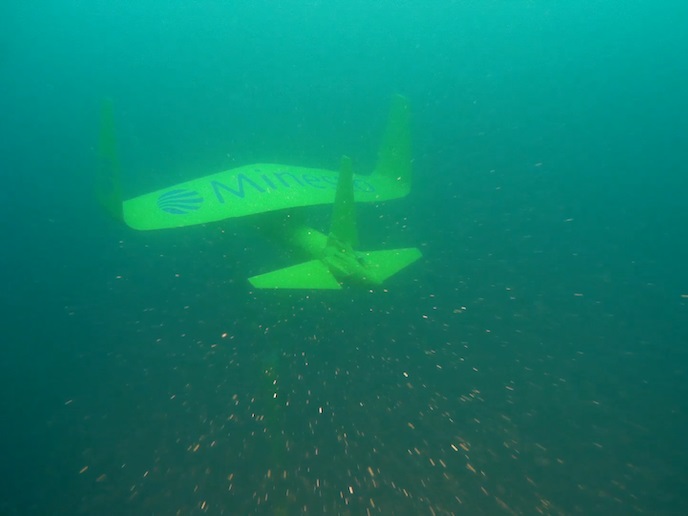Generating electricity without sapping Europe’s water supplies
Water is an invaluable resource for humanity, and one that will become increasingly important to preserve as the global climate continues to change. Power generation is one of the most water-dependent industries, requiring vast amounts to cool generating systems. In Europe, energy production accounts for 45 % of all water extracted from natural sources; even with water returned to the environment considered, this still accounts for a fifth of water used. Reducing the impact of this industry on water reserves is therefore a simple and promising route towards a sustainable future. The Horizon 2020-funded MATChING project, consisting of a consortium from six EU countries, is spearheading the European effort to reduce the demand for cooling water through state-of-the-art technologies in thermoelectric and geothermal power plants. “MATChING aimed to reduce the water demand and improve energy efficiency for cooling systems in the energy sector through the use of advanced and nano-technology-based materials and innovative configurations applied to both geothermal and fossil-fuelled power plants,” comments Daniela Galla, MATChING Programme Manager at Enel. In high-temperature geothermal sources, the results showed an average reduction in evaporated water of around 10 % in hybrid operations compared to traditional wet operations, incurring only a small energy penalty. Galla says this is “one of the best results of the project.”
The future of cooling
The MATChING project trialled a series of technological solutions, involving every single area of power plant cooling systems, including cooling towers, cooling water circuits, water conditioning systems, groundwater cooling and steam condensers. Innovative membranes – some based on nano-technology – and advanced materials were tested to see how they could improve water conditioning and recovery. This boosts water supplies through the use of lower-quality waters – wastewaters from power stations or from cooling tower blow-down. The results suggest that water intake can be reduced by over 30 % in thermal power plants with wet cooling. “Reductions are site-specific, depending on climate and water quality, and the net impact on cooling costs varies among technologies,” Galla says. Newly developed laser texturing techniques and nano-coatings were used to promote condensation on the outside of condenser tubes, increasing cooling efficiency. The project used hybrid cooling systems in geothermal power production, based on advanced fillings for more efficient cooling in high-temperature sources, and closed-loop groundwater use in low-temperature sources. New anti-corrosion materials were developed to ensure financially viable techniques, and sustainable production for many years. “Many of the tests gave surprising results,” concludes Galla. “Elsewhere, the potential yearly gain in certain geothermal plants using groundwater as a heat sink instead of air coolers ranged from 4 % to 14 %. In this case, higher heat demands result in higher relative gains in power plant efficiency.”
Powering on
Technologies and techniques have been tested at six test sites across the EU, in Belgium, France, Italy and Spain. The MATChING team is now analysing the results and using them to improve the systems further. Some of the results are being merged into other research projects or proposals for future developments. “The results achieved in the project are now in an exploitation phase, which includes technical feasibility and cost-benefit analysis for specific applications,” says Galla.
Keywords
MATChING, cooling, nano-technology, water, thermal, power plant, efficiency







